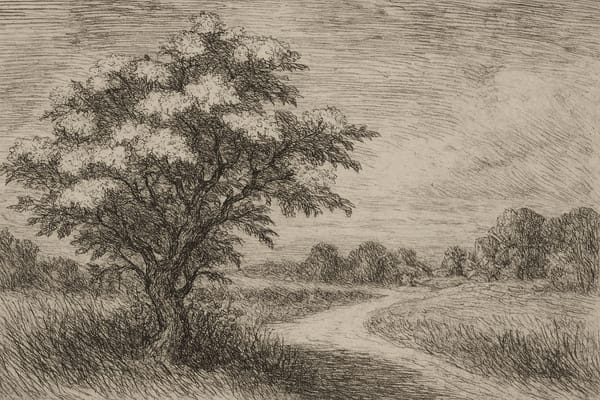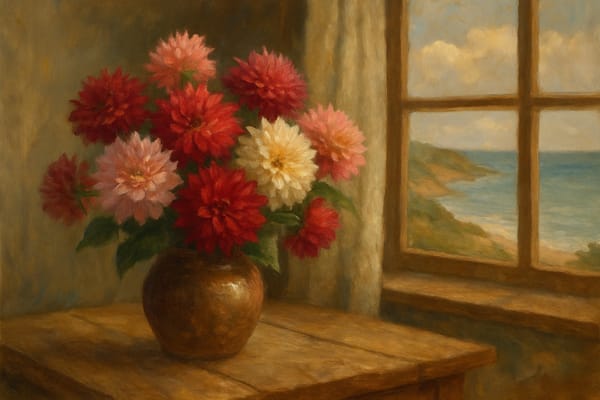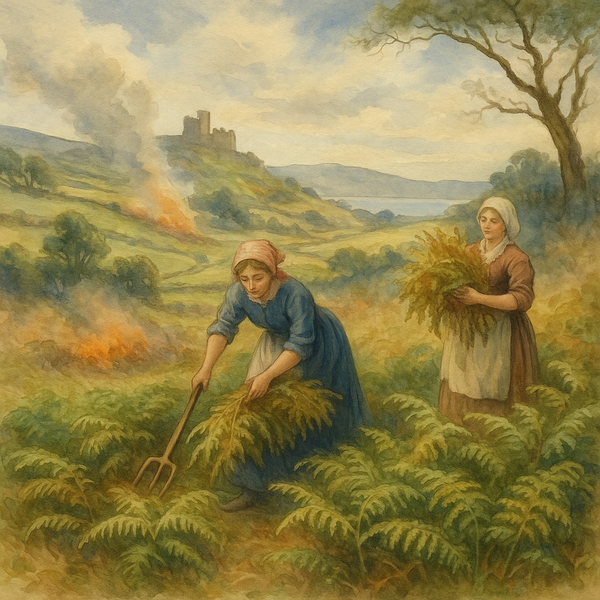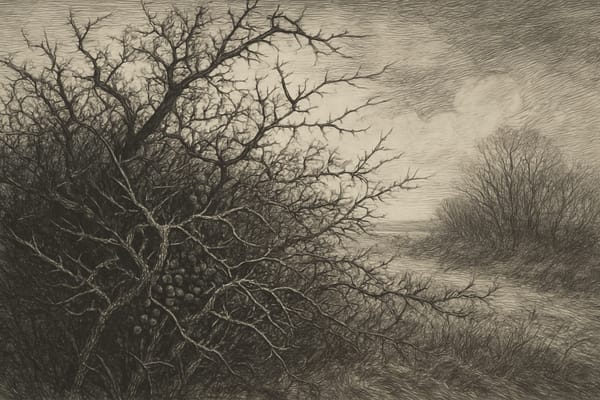Amid the hedgerows and quiet lanes of Cornwall, the elder tree (Sambucus nigra) stands as a silent sentinel — a guardian of boundaries, a portal to unseen worlds, and a living thread that binds the spiritual past with the cultural present. Few trees in Cornish folklore carry as many layers of reverence, mystery, and caution as the elder. Its twisted branches and heavy clusters of creamy blooms conceal centuries of story, tradition, and unspoken rules woven deep into the Cornish landscape.
The Tree of the Elder Mother
At the heart of elder folklore in Cornwall is the belief that the tree houses a powerful spirit — the Elder Mother. This guardian presence demanded respect. Before cutting or even touching the elder, one was expected to ask permission, sometimes with a bow or whispered words. To harm the tree without such reverence risked sickness, bad luck, or worse — a misfortune believed to stem from the angered spirit herself.
This quiet dialogue between people and tree was no mere superstition; it reflected a worldview where nature and the unseen were in constant conversation. The Elder Mother’s tree was a boundary marker, not only of land but of respect — a living emblem of mutual understanding between humans and the natural world.
Thresholds Between Worlds
Cornish folklore held that the elder stood at the very edges of the known and unknown. Where it grew — near gates, crossroads, or ancient wells — was thought to mark places where the veil between this world and the Otherworld grew thin. At midnight or on the solstice, standing beneath an elder might open a window to glimpses of faerie folk, ancestral spirits, or visions of the beyond.
These beliefs turned the elder into a living portal, a guardian of thresholds both physical and spiritual. In a landscape shaped by boundaries — hedgerows, field edges, coastal paths — the elder became a living symbol of the liminal, the in-between.
Rituals of Healing and Protection
Beyond the spiritual, the elder held a cherished place in Cornish healing and household rituals. Its flowers and berries were harvested with care and reverence, used in teas, syrups, and salves believed to protect against fever, infection, and evil alike. Yet even in medicine, the elder’s power was approached with caution — remedies gathered without permission or at the wrong time were thought to lose their strength, or worse, invite harm.
At midsummer, elderflower garlands were hung above doorways, woven into wreaths, or crafted into charms to protect the home and bless the coming season. Livestock, too, bore elder sprigs on collars or in stables to guard against illness or misfortune.
Yet bringing elder branches into the home — especially uninvited — was a dangerous taboo. Their presence was sometimes linked to death or the visitation of spirits, a reminder of the elder’s role as both healer and harbinger.
Taboos, Respect, and the Living Landscape
Cornish tradition warns sternly against harming the elder. Cutting it down, burning its wood, or crafting its branches into household items risked not just bad luck but spiritual retribution. Such cautionary tales served a deeper purpose — cultivating respect for the natural world and its unseen guardians.
Even today, many in Cornwall regard ancient elder trees with quiet respect, their gnarled forms a testament to centuries of stories and silent watch over the land.
Reviving Elder’s Role in Modern Cornwall
In today’s Cornwall, where ancient customs weave with modern conservation, the elder stands poised as a symbol of both heritage and hope. Planting elder trees in community spaces, gardens, or along restored hedgerows does more than support biodiversity — it continues a living tradition of guardianship, respect, and cultural identity.
Seasonal celebrations, herbal workshops, and folklore storytelling reconnect communities with the elder’s enduring legacy. Whether in midsummer garlands, elderflower cordial making, or quiet moments beneath its branches, the elder invites a renewed bond with nature’s mysteries and Cornwall’s spiritual heritage.











